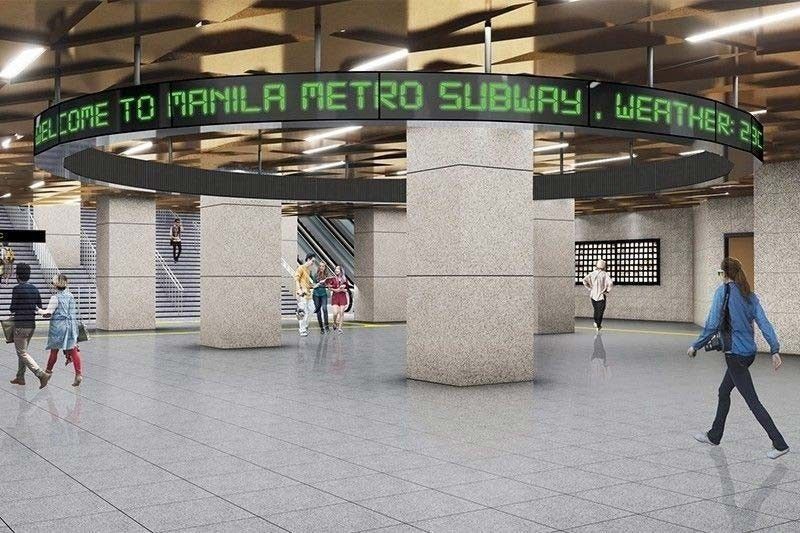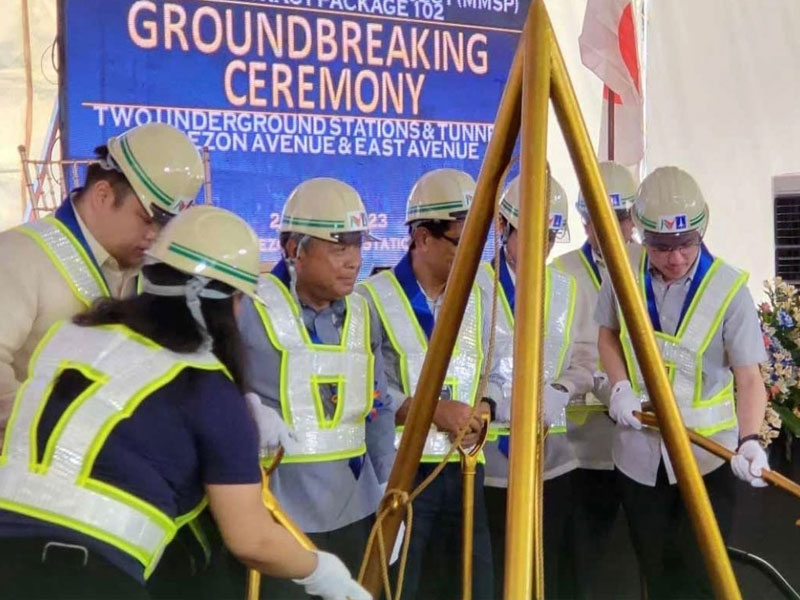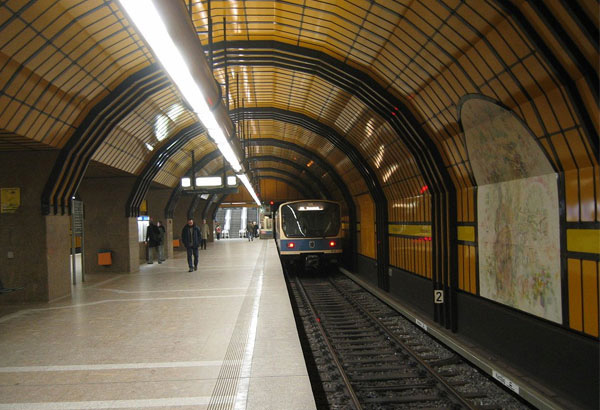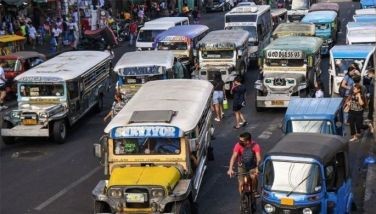Metro Manila subway seen as crucial in improving Filipinos' lives

MANILA, Philippines — Billed as a notably faster and more accessible transportation system, the Metro Manila Subway Project is expected to improve the lives of many Filipinos in most parts of the Greater Manila, including the highly urbanized Quezon City.
Construction of two more underground subway stations in Quezon Avenue and East Avenue is now ongoing after the Department of Transportation (DOTr) held a groundbreaking ceremony attended by contractors and government officials last Friday.
Quezon City 1st District Rep. Arjo Atayde, who attended the Friday’s groundbreaking event, lauded the administration of President Ferdinand “Bongbong” Marcos Jr. for accelerating the subway’s construction.
“This project will improve the lives of the residents not only in Quezon City, but all over the NCR [National Capital Region],” Atayde said. “It will also help ease the traffic in Metro Manila. So it’s admirable to see the start of this project.”

Although the DOTr’s target finish and start of the full operation of the two subway train stations — Quezon Avenue and East Avenue — is still in 2028, the neophyte lawmaker said the project is “worth the wait.”
“It will give the commuters the convenience and the comfort aside from the job opportunities that it will bring,” the 32-year-old freshman lawmaker added. “I know it’s going to be sustainable, accessible and safe for our daily commuters.”
According to the DOTr, the subway can accommodate around 519,000 passengers daily.
The agency previously cited various reports claiming that traveling from Valenzuela City to Ninoy Aquino International Airport — approximately 33.1 kilometers — would be trimmed to 45 minutes by train across 17 stations.
The regular travel time by car is one hour and 38 minutes.
The entire subway will interlink with various railway systems such as the Light Rail Transit (LRT) 1, MRT 3, MRT 7 and the Grand Common station. The LRT 2 at the Anonas Station will also be connected at the subway. It will joined also with two stations of the North to South rail.
Atayde said the 3.1-kilometer tunnel railway and two underground stations will help commuters to travel fast to Quezon City’s central business districts, government offices and private offices, which is beneficial to the district’s economic progress.
“What can I say for? Quezon City’s economy will continuously progress and grow once this project becomes operational in 2028,” Atayde said, a member of 16 committees in the congress, including Metro Manila Development and Appropriations.
Quezon City, under the leadership of Mayor Joy Belmonte, was awarded the Most Competitive Highly Urbanized City in the country by the Department of Trade and Industry (DTI) during its 10th Cities and Municipalities Competitiveness Index (CMCI) Awarding ceremony last October.
- Latest
- Trending





























